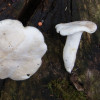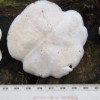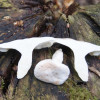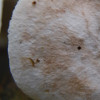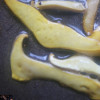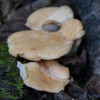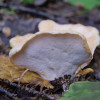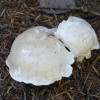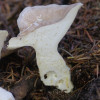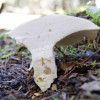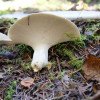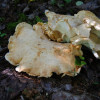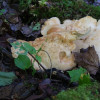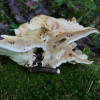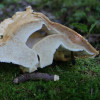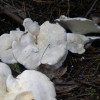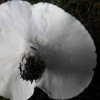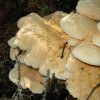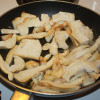Edible, therapeutic and toxic mushrooms
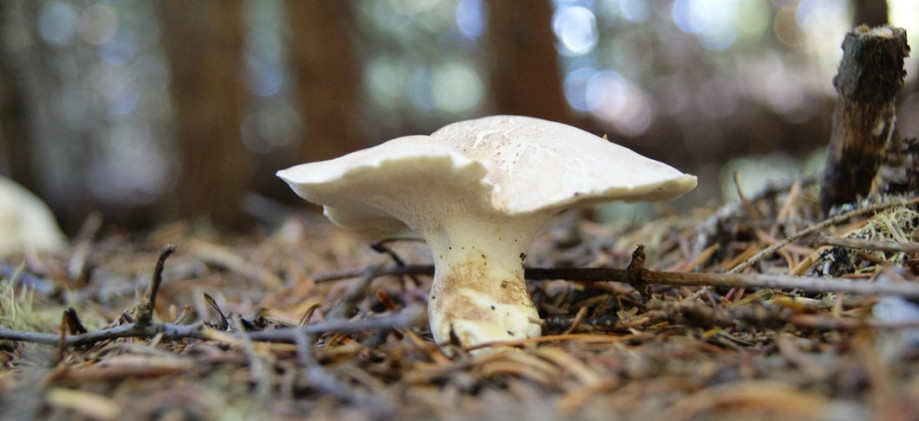
Habitat
The transitional forest is its preferred climatic zone, where it grows in mixed forests in the presence of coniferous trees.
Cap
Glabrous, tan to chamois cream, often becoming scaly and cracked.The Sheep Polyporus often fructifies in troops with caps stuck together and stems joined at the base . Elsewhere, it grows in troops of individual fruit bodies.
Stalk
Caps and stipes often confluent and welded to each other.
Smooth to finely hairy, cream then yellowish when bruised.
Unfit for human consumption
With age, the flesh can become tough and bitter; the mushroom must then be blanched before it can be eaten.
Comments
Send a comment
During prolific years, one should seize the opportunity to accumulate reserves of this excellent mushroom with firm and flavourful flesh. When cooked, the flesh changes from white to yellow, a feature that confirms its identity.
For more informations
Formation
For those who wish to improve their knowledge, register for the Foundation's training program on this site and receive a certificate confirming the fruit of your efforts.























